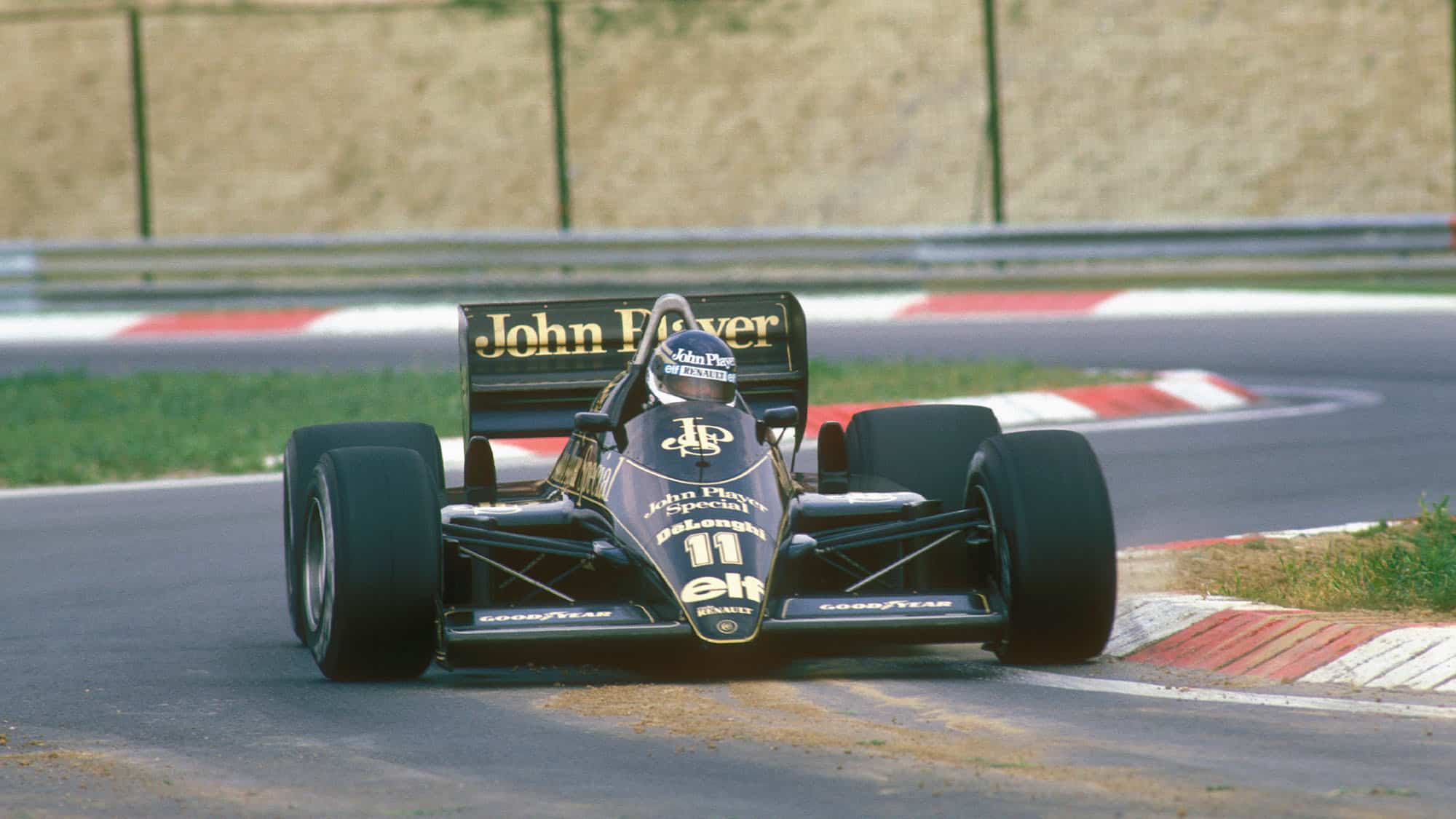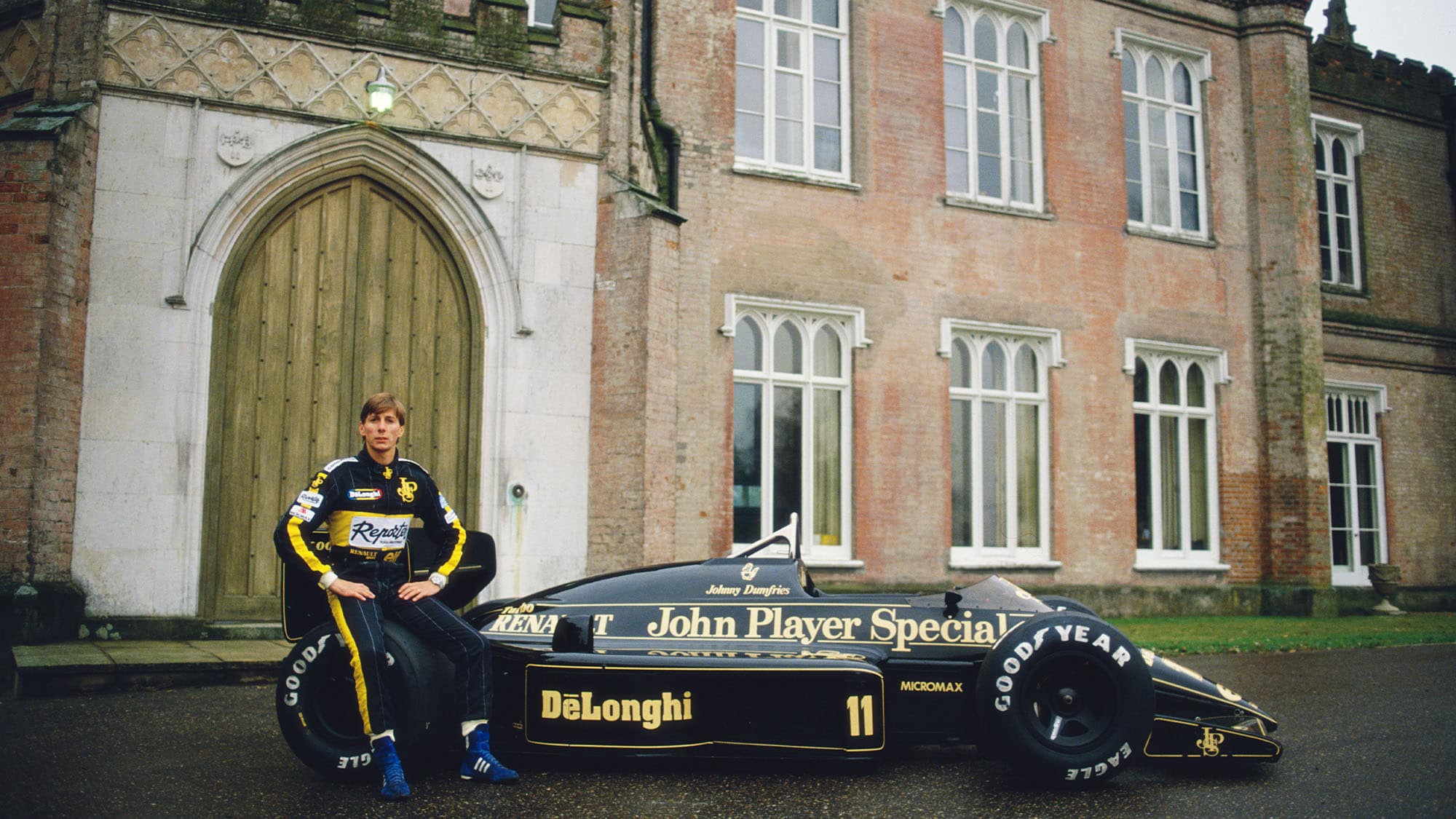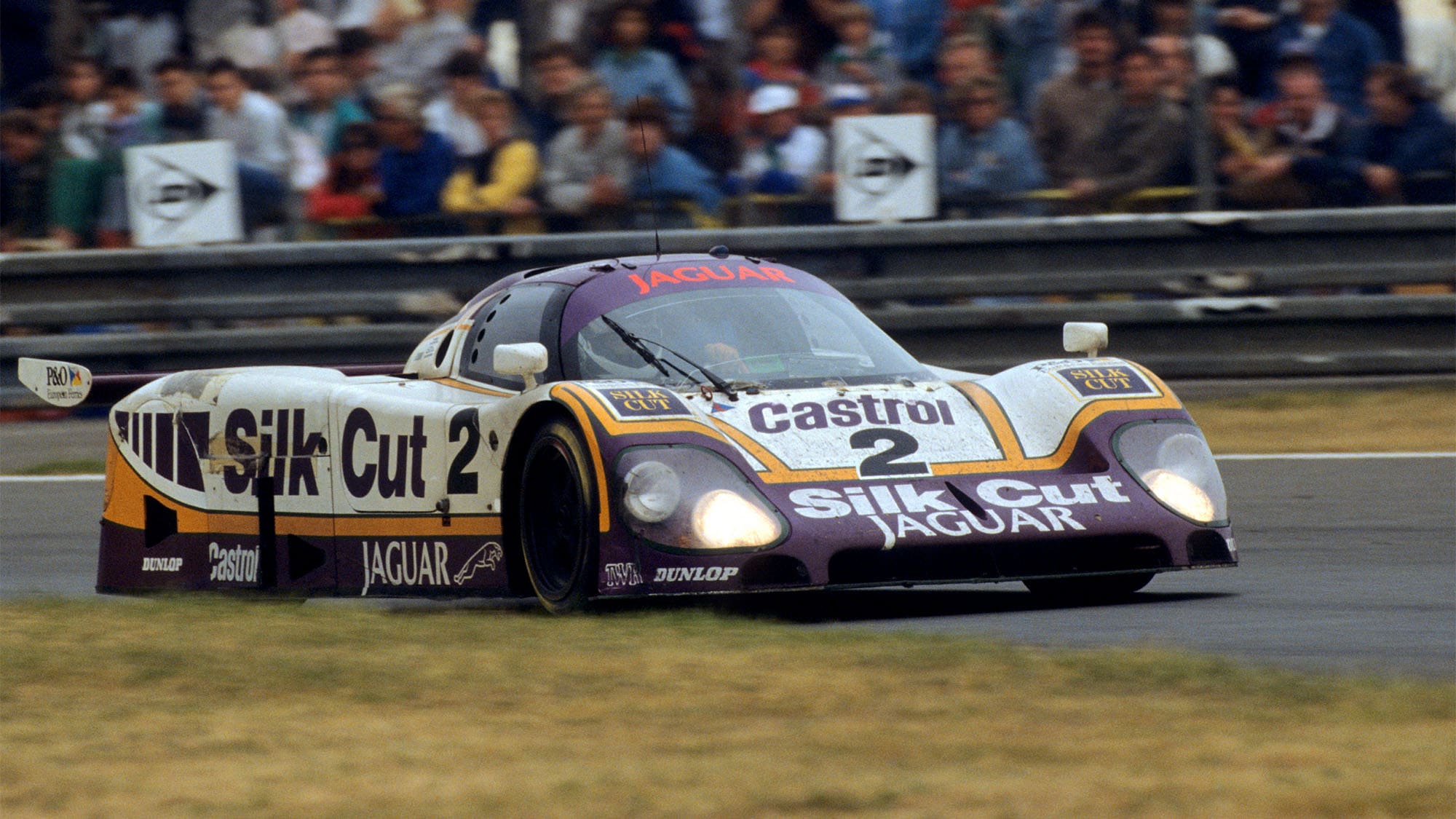Even so, Johnny got the BP ‘works’ deal with Price for 1984. That year he swept all before him in the British championship. More impressively, despite missing some clashing races he was a close runner-up to Ivan Capelli in the European series, where he saw off the likes of Gerhard Berger, Roberto Ravaglia and John Nielsen. There was also an offer to join Tyrrell in F1 after Brundle broke his legs in Dallas.
“Ken Tyrrell was fantastic,” says Dumfries. “He was a real old-style mentor for emerging talent, and that’s very important in any sport. I had to talk to Les about it because he’d made a commitment to me and I had a contract with BP. Les was very fair and said it was my choice. Tyrrell had had some good results, but most of the remaining circuits on the calendar that year were very quick, and the turbo cars were just going to put Tyrrell on the back of the grid. It just didn’t look like a smart move.”
Even if there was no F1 racing, there was some testing. In August 1984 Dumfries had an outing at Donington Park in a Lotus-Renault. Then he shook down a William-Cosworth, also at Donington. His prize for winning the British F3 title was a run-out in a McLaren-Porsche at Silverstone. Then it was off to Kyalami in December for three days in a Brabham-BMW…
By this stage Dumfries had also had two outings in the World Endurance Championship, driving a Rothmans-liveried Porsche 956 which was there purely for filming purposes. But there was a story behind this: Rothmans was thinking of funding Johnny in a Dave Price-run Formula 3000 March in 1985, a deal that would run hand-in-hand with a Brabham F1 testing contract. Then came a call to test for Ferrari at Fiorano, and Johnny took the ‘romantic’ option: he signed as test driver for the Prancing Horse. It meant he would have to fund his own F3000 programme: “In retrospect I was bloody naive! I should have gone for Brabham, but I took the Ferrari deal. I didn’t like Fiorano very much. It’s a really tiny little track, with a housing estate on one side—the location is quite weird and surreal. I thought the car was bloody difficult to drive as well. The object of the exercise for them was to develop their four-cylinder engine, but the project got shelved, and after a couple of months I didn’t do any more testing.”
Dumfries had started the F3000 season with Onyx Racing, running on little but faith, but soon the money ran out. He was no longer the Next Big Thing…

Best F1 career result was a 5th in Hungary
Grand Prix Photo
Luckily for him, though, Senna had vetoed the signing of Derek Warwick for the second Lotus F1 seat in 1986, on the grounds that the team did not have the resources to run two front-running cars. While the British media slammed Senna for arrogance and Lotus boss Peter Warr for being weak, Dumfries was chosen for the drive. If he’d got the deal 12 months earlier, as the new F3 hero, he’d have been carried along on a Buttonesque wave of enthusiasm. As it was, he was viewed as the man in a seat that was rightfully Del Boy’s: “It was a bit galling, because even though I’d had a fairly crap year in Formula 3000 I knew I was quick enough. My face fitted at the time. That was fate, luck, call it what you like, but I knew at the time that I was capable of driving in F1.
“Senna was very off-hand with people and fair enough, I respect that”
“Senna was always a guy who worked very much in his own circle — he was like that in F3 as well. He was very off-hand with people and fair enough, I respect that — I can be off-hand myself. He was a very interesting character. Even before I got to know him I thought he was an intelligent person. I suspect that his aloof attitude was kind of a tactical part of his personality, staying away from people, keeping them where he wanted them, but also maybe as a result of personal insecurity… I don’t know. That’s just an opinion and I might be completely wrong.
“He was straightforward, and I always appreciate that. On our way to our first test at Paul Ricard he said, ‘You know, all of this press nonsense is just a distraction. We’ve both got to get on and do our jobs to the best of our ability, and that’s it.’ Throughout the year there certainly wasn’t any camaraderie, but what I was doing was academic compared to what they were doing. They were on their own agenda and we knew we were number two.”







